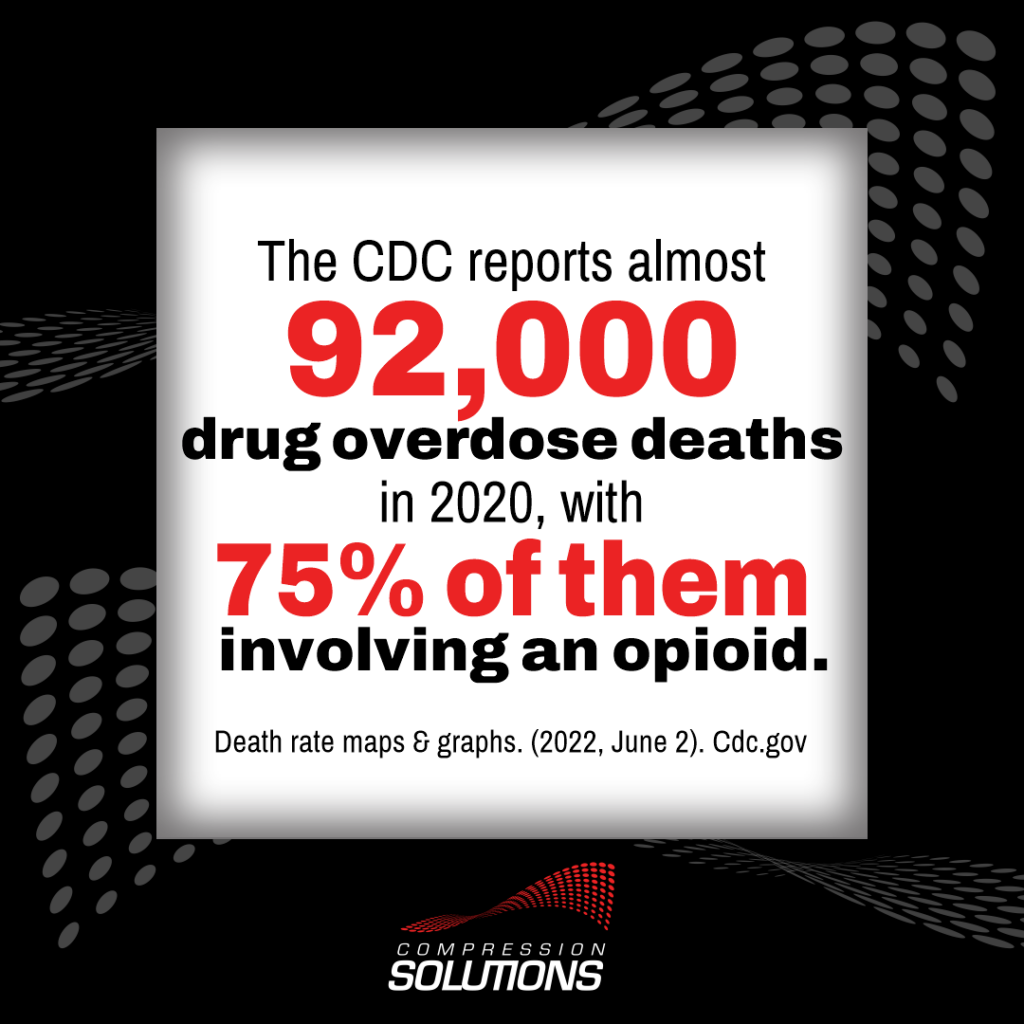Every day, millions of people seek relief from acute pain caused by muscle pulls, broken bones, surgery, or other reasons. Acute pain is when pain begins suddenly but eventually goes away within six months. Fortunately, physicians have a variety of pain management methods at their fingertips to address each patient’s needs. And nowadays, both healthcare professionals and their patients seek non-opioid options to treat acute pain.
Pain management begins with assessing the severity of a patient’s pain. This step is not an exact science because pain is subjective; tolerance to pain differs from person to person. After collecting pain data from patients, providers need to develop strategies to tackle each patient’s pain.
Here’s a look at how to treat mild, moderate, and severe acute pain with an opioid-sparing approach.

Mild acute pain
Over-the-counter pain reliever drugs like Tylenol usually work well for mild acute pain, together with RICE. RICE stands for:
- Rest
- Ice
- Compression at the site of pain
- Elevation of the injured limb
NSAIDs (Non-steroidal anti-inflammatory drugs) like ibuprofen and celeceoxib may also be prescribed based on the type of injury. NSAIDs can be ingested orally or applied topically for specific musculoskeletal injuries. Examples of topical NSAIDs include diclofenac gel or ibuprofen gel.
Local anesthetics like topical lidocaine are also commonly used to numb mild pain during in-clinic procedures, like inserting catheters or an IV drip.
Moderate acute pain
Moderate acute pain like sprains or minor surgical procedures can be treated with NSAIDs and acetaminophen (Tylenol) that target the inflammation from the injury. Examples of moderate pain can be during dental procedures, simple fractures, or minimally invasive surgeries like laparoscopies.
Additionally, surgeons have found NSAIDs effective in helping patients manage pain after orthopedic surgery1. This is significant as more elective hip and knee replacement surgeries are being performed as outpatient procedures in hospitals or ASCs (ambulatory surgery centers). Patients are often discharged the same day and have to manage their pain at home.
Apart from oral analgesics, patient-controlled pain pumps can help surgeons:
- Reduce postoperative pain and nausea2
- Shorten recovery time2-5
- Lower hospital admissions or readmissions after outpatient surgery6-7
As a general rule of thumb, managing moderate pain does not require the use of opioids. The exception is for breakthrough pain after other alternatives have been exhausted.
Severe acute pain
Prescription opioids (narcotics) like morphine, oxycontin, Vicodin (hydrocodone), and fentanyl can help manage specific types of severe acute pain. For example, patients experiencing pain due to severe trauma, hospitalizations for complex surgery, or intensive care unit stays may need opioids for a brief period of time8.
However, opioids often come with side effects and can be habit-forming. Over the past decade, the misuse of these potent drugs led to a full-blown opioid crisis in America. The over-prescription of these drugs led to thousands of deaths from drug overdoses since opioids are extremely addictive. The CDC reports almost 92,000 drug overdose deaths in 2020, with 75% of them involving an opioid9. Because of this ongoing public health disaster, healthcare professionals and patients now prefer an opioid-sparing approach for pain.
As a better alternative, surgeons can treat severe acute pain using a multimodal pain management approach. This method involves a combination of different classes of drugs and even non-medication solutions to address patient pain and improve recovery.
Multimodal pain management delivery: pills, pain pumps, compression solutions
Oral painkillers
Many pain meds can be taken orally. But since oral painkillers have to overcome our digestive systems, they do not offer immediate pain relief and require a higher dose prescription. Additionally, patients can get confused by juggling multiple medications after surgery. They may skip some pills or take the wrong dose, negatively impacting their recovery10.
New types of pain pumps may be a better alternative.
Patient-controlled pain pumps
Non-narcotic patient-controlled analgesia pumps or PCA pumps can help reduce the dependency on opioids and deliver targeted and continuous pain relief right after surgery.
For example, the ambIT electronic pain pump helps both adults and children bolus local anesthetic for breakthrough pain. The ambIT pain pump has been proven to reduce patient opioid use significantly and shorten hospital stays by 1.1 days2,11. This type of pump can be programmed to deliver regular, intermittent doses of medication.
Pneumatic compression devices for DVTs and PE
Surgeons can also consider a wide range of non-medication solutions to manage recovery after surgery. For instance, aspirin is widely used to minimize the risk of postoperative DVTs (Deep vein thrombosis). However, the American Academy of Orthopedic Surgeons (AAOS) recommends a multimodal approach to DVTs involving:
- Blood-thinning wafer
- Aspirin
- Pneumatic compression device
Sequential compression from stockings and sleeves can be effective against DVTs by simulating ambulation to increase circulation. These devices also help reduce post-op pain and swelling.
Get ambIT for Your Facility
Equip your hospital or surgery center with ambIT pain pump devices, including convenient medical billing and customer support when you order through Compression Solutions.
